Inside GameClub and the evolution of iPhone gaming as a service
GameClub has officially launched, which now gives mobile game enthusiasts another way to get their hands on great games. We talked to the developers to get their insight on what it's like to be one of the forerunners in the game subscription service market, and take a brief look at how we wound up here in the first place.
GameClub was announced earlier this year, after they secured $2.5 million in investments from a variety of sources. The goal was to bring more than 50 classic iOS titles to the service, most of which no longer ran on modern devices. Apple had dropped support for 32-bit iOS apps 2017, meaning many classic games simply disappeared from the App Store and were unable to run on anything past iOS 11.
After spending plenty of time on the newly launched GameClub, we talked to the developers to find out what this process was like and how they feel about entering the "games as a subscription service" arena.
The offerings
The big selling point of GameClub is the fact that they've modernized quite a few "classic" App Store games. This is a noble endeavor, as many of these games predate engines and environments that give current-day games longevity. GameClub feels almost more like a game museum — in a good way.
Some of the titles include classics such as Super Crate Box, Legendary Wars, Minigore, Space Miner, and Mage Gauntlet, are fully updated and optimized for modern iOS and Android devices. More games will be added to the library on a weekly basis. Additionally, GameClub is releasing new and original games to the service.
The content is curated by former Touch Arcade Editor-In-Chi Eli Hodapp, with input from the community. In aggregate, the games in the GameClub library have been downloaded over one hundred million players over the last ten years.
Getting the ball rolling
The developers of GameClub are brutally honest about how much work went into making GameClub a reality. For a lot of of games, they required complete rewrites to make them compatible with modern devices.
"The biggest hurdle, without question, was updating the truly ancient codebases of many of the games in the GameClub library. In the early days of the App Store, most developers rolled their own engines and development environments because today's commonly used technologies, like Unity, Unreal Engine, and others, simply weren't around," the developers told AppleInsider. "Some code was so old that it was written based on rigid assumptions, like that the screen of the device the game would be played on would only ever be 320x480."
Fortunately, the GameClub team consists of folks who enjoy a good challenge, and they set out to begin the arduous process of modernizing games, some nearly a decade old.
Of course, that wasn't the only hurdle. As it turns out, navigating through the Apple approval process was also time consuming.
"When GameClub first started submitting games with a shared subscription to the App Store, what we were doing was completely new, months before any Apple Arcade rumors would even surface," recalls a developer. "With a lot of patience and persistence, we eventually got our initial approvals, and GameClub was the first premium game subscription service to launch on the App Store in soft launch territories."
Premium, freemium, and games as subscription services
So why go through all this effort to modernize old games to put them behind a subscription fee? It all has to do with the way players interface with the App Store.
Not so long ago, premium games were fairly common. You'd head to the App Store, download a game for anywhere from $0.99 to $30, and you'd have a complete product— no ads, and no in-app purchases. Bejeweled was an early app store title, and it launched for $19.99. for instance.
If you were an adult who had their own money, this was a pretty nice setup. If you were a kid, maybe someone who was playing on an iPod touch, it was less ideal.
Convincing someone to pay money for an app has never been a guaranteed thing, and with an App Store filled to the brim with premium apps and games, buyers had to be more economical about where they'd make their purchases. This was especially true if they wound up spending money on games without being sure if they'd like them.
It also meant that you wouldn't get any revenue from a customer past an initial sale. This meant that games were only profitable as long as they were popular, which gave developers less incentive to keep them updated.
So, developers had to get creative. Many developers gave players the ability to play up to a certain point before needing to purchase the full game. Adding in regular content that was locked behind in-app purchases was another way that developers could both keep a game popular, as well as profitable.
Other developers, especially those who made arcade-style games, used ads to offset the cost of releasing a game for free. The ads could play between levels or lives and were somewhat less intrusive than banner ads that were prevalent in free non-game apps. It was pretty common for ad supported games to feature the ability to remove ads for a one-time in app purchase.
Both of these methods were reasonable solutions to an increasingly frugal market. Things would eventually change with the dawn of freemium games.
Technically, freemium games had been around as long as in-app purchases, but reached a tipping point in 2012. In September of 2012, all but two of the highest grossing 50 games in the App Store made their revenue from in-app purchases, according to Wired.
This new freemium era was significantly different from the premium one. Games rarely gave players the ability to purchase them outright. Instead, games employed several underhanded tactics to badger money out of players.
Some of these methods included employing the use of timers, which was extremely common in strategy games like Clash of Clans. Every time a player would do a noteworthy action, like building a barracks or training units, timers would appear. Players would be forced to either wait until the timer was finished before they could continue, or pay in-game currency to complete the task.
Gachas also became incredibly common. Gachas are games that involve players spending in-game currency to randomly draw equipment, characters, or cosmetic items. The idea came from gacha-pon, which are Japanese toy capsule vending machines that incentivize buyers to make repeat purchases in hopes of getting a specific item they want. In gacha games, items are assigned rarities, which often give players a sub-one percent chance of getting a highly desired item.
The common thread in freemium games tends to be the exchange rate between real-world money and in-game currency. In timer-based games, it's not uncommon for a player to spend about $0.50-$2.00 to remove a time restriction. In gachas, players will spend upwards of $4 per chance to draw a single random item or character, with the ability to draw unwanted items or duplicates.
The pushback against freemium games has been substantial. Mario Kart Tour, a gacha that came out in September 2019, received particularly negative reviews from critics for its egregious item drawing mechanics.
If players aren't willing to pay for premium games and are getting increasingly hostile toward freemium games, where does that leave mobile gaming?
iPhone games as a service
That's where game subscription services enter. By charging a flat rate for access to a game library, subscription services help to reduce the fear of spending money on something that a player ultimately doesn't like. Instead of taking a $1 gamble on a game you've never heard of, you can take a $5 gamble on dozens — maybe even a hundred or so — curated games. In the case of Apple Arcade, some are iOS exclusive mobile ports that have already done well on other platforms.
In addition to a vast library of curated content, the subscription fee offers freedom from all the freemium annoyances. There's no badgering advertisements to navigate around, there's no in-app purchases to worry about, no pay-to-win freemium mechanics.
It's a perfect solution, except...
Subscription fatigue
I worry that with the increasing amount of subscriptions users are expected to partake in, subscription fee fatigue may set in.
Now, I don't know many people in my immediate age-range who still subscribe to cable TV, but everyone I know has cable or fiber internet. On top of the high cost of internet, everyone I know has at least a couple of subscription services.
In my household alone, I pay for a subscription to Netflix, Hulu, and will be buying my parents a year of Disney+ as a Christmas gift. I bought an iPhone 11, so I get Apple TV+ for free for one year, but if I choose to keep it, I'll be in for $5 a month afterward. I recently transitioned from Spotify to Apple Music and pay $10 a month to rock out to my favorite music during the work day. I play a fair amount of mobile games, both as part of my job and because I enjoy them, so I have a subscription to Apple Arcade. My internet costs me $83.
A conservative estimate puts me at about $120 a month just for what I'd largely consider "entertainment," and doesn't include subscriptions to tools I use as a designer, artist, and overall software enthusiast. It also doesn't cover the cost of podcasts I subscribe to. I routinely have to prune down the list of new subscriptions I subscribe to because it's easy to suddenly become overwhelmed by the $5-$10 transactions that happen throughout the month.
Even with all of that, I still believe that games as a subscription service is ultimately the right direction to take mobile gaming. I do worry that eventually the market will become saturated with more subscription services, especially if major developers and publishers decide to get involved. Customers are already spending quite a bit of money on subscription services, and adding another category could lead to the same hostility that freemium games inspired.
As far as the developers of GameClub are concerned, they aren't too worried.
"At the end of the day, content is king, and we have many of the best games that were ever released on mobile, now available exclusively through GameClub," GameClub told us. "Our library consists of some of the highest rated mobile games on Metacritic, as well as games that have received numerous critical accolades, including but by no means limited to, topping Apple's own Game of the Year lists."
Apple Arcade vs GameClub
GameClub features a ton of arcade-style games. Games that are quick to play and have simple objectives. They're great if you're a person who likes to play games on your lunch break, on your morning commute, or when you have a few minutes of downtime. There are other games on the platform, notably some decent rogue-likes and dungeon crawlers, but overall you're going to find shorter games with a lot of replayability on GameHub.
And, if you're a long-time iPhone owner, you may own many of these games already and can benefit from the GameClub update. Check your purchases tab to see what's been restored.
Apple Arcade, on the other hand, seems to be going for an arthouse approach. Games on Apple's service tend to games that trend towards longer plays, or shorter experiences without loot box mechanics.
My advice, as it stands right now, is to give both Apple Arcade and GameClub a try. Each is priced at a reasonable $4.99 a month, and each offers a one-month free trial.
 Amber Neely
Amber Neely
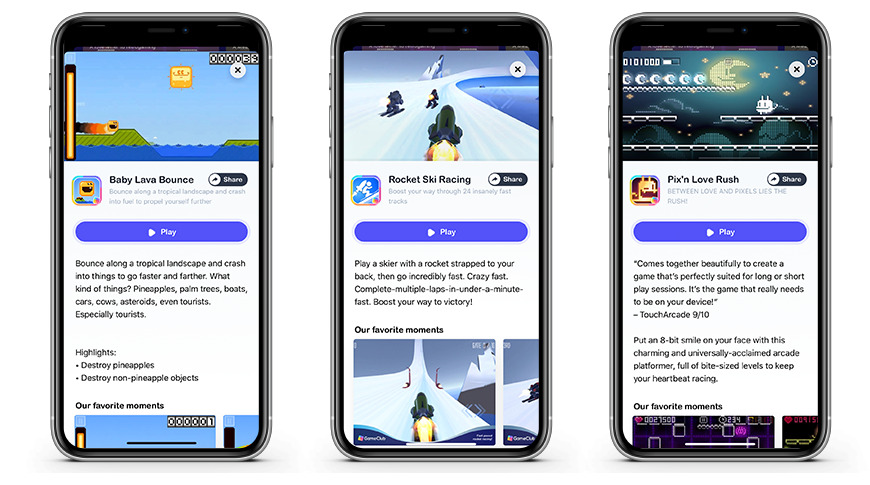
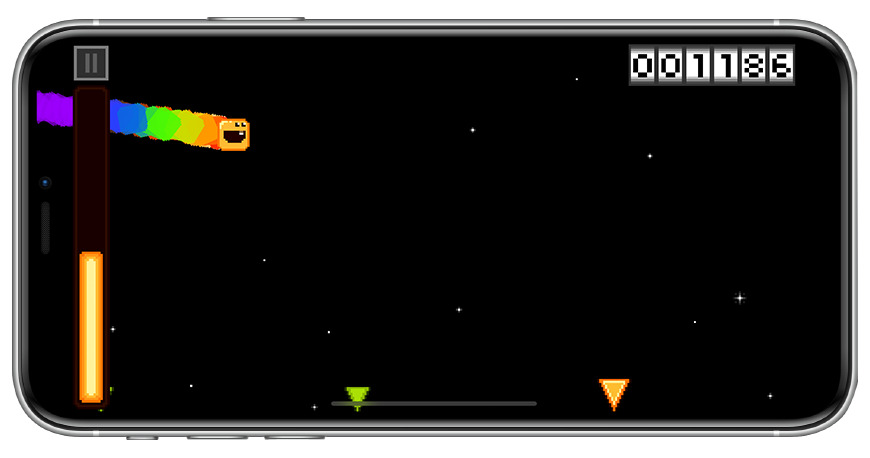
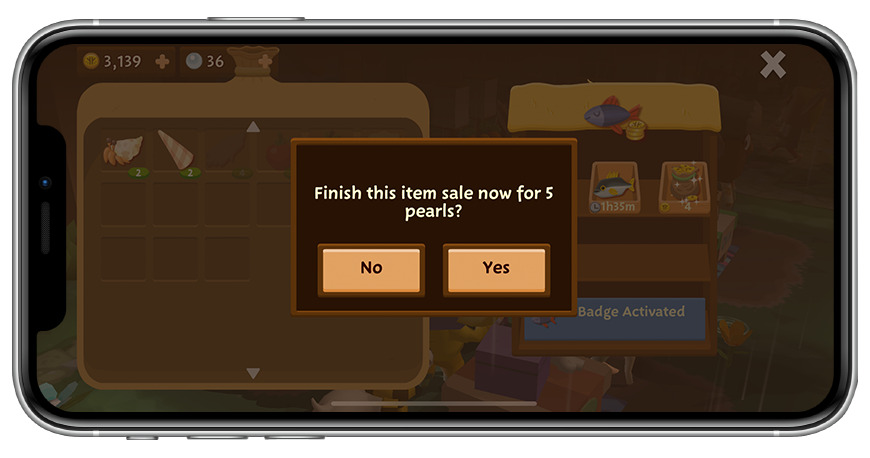
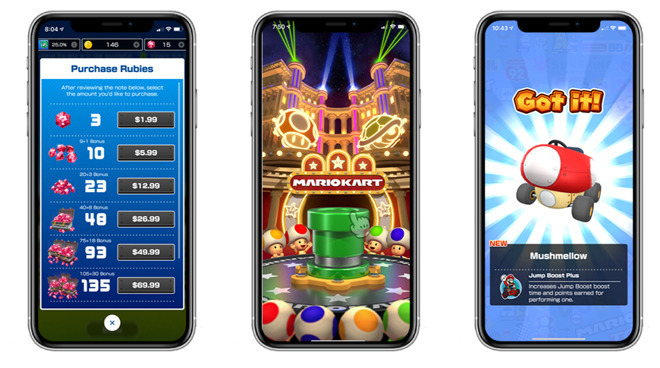
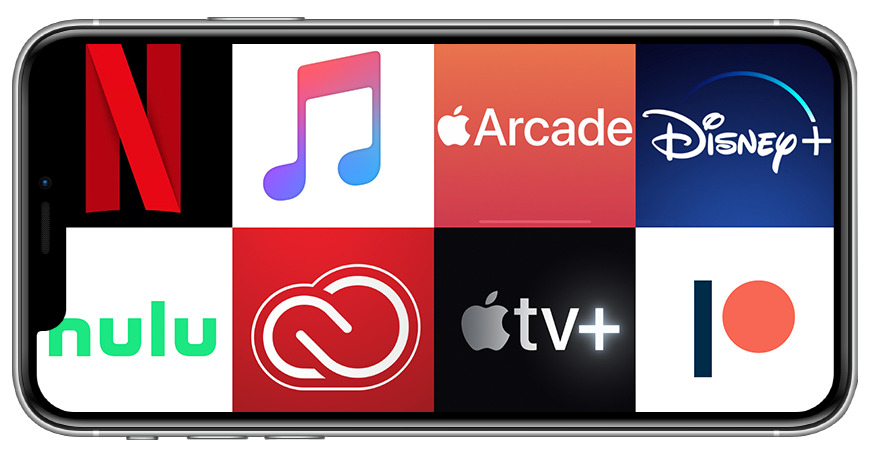
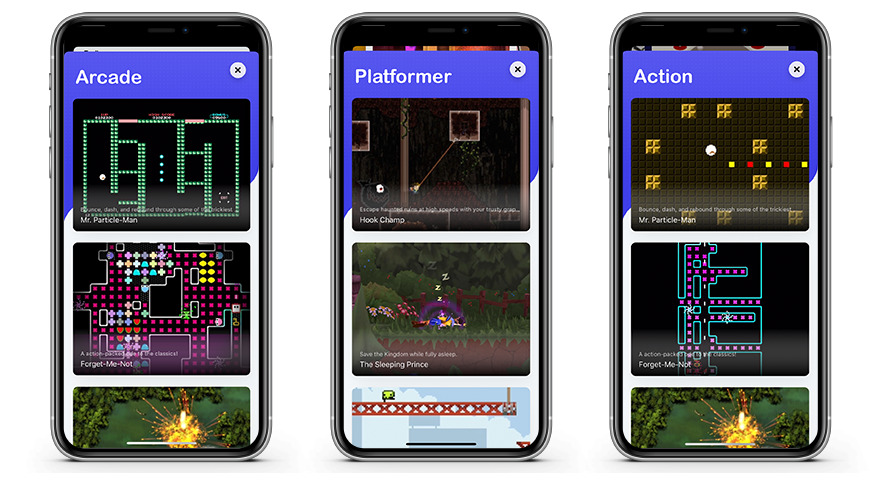
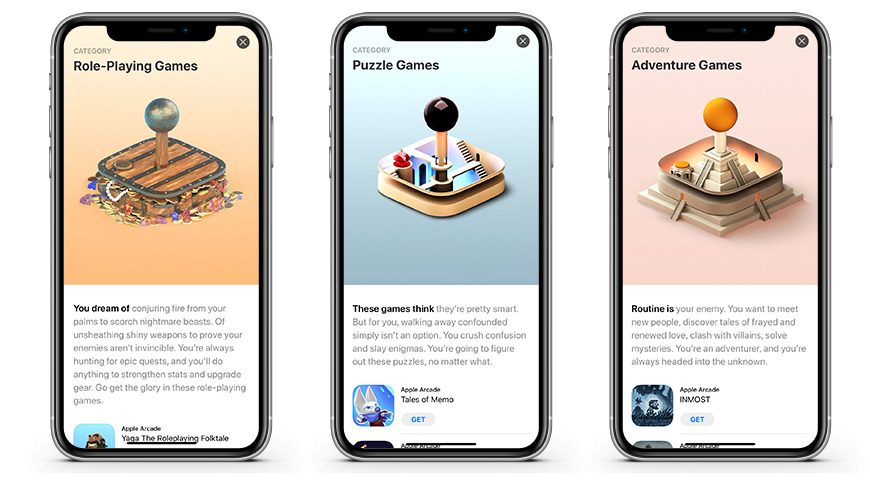











 Malcolm Owen
Malcolm Owen
 William Gallagher and Mike Wuerthele
William Gallagher and Mike Wuerthele
 Christine McKee
Christine McKee
 William Gallagher
William Gallagher

 Marko Zivkovic
Marko Zivkovic









